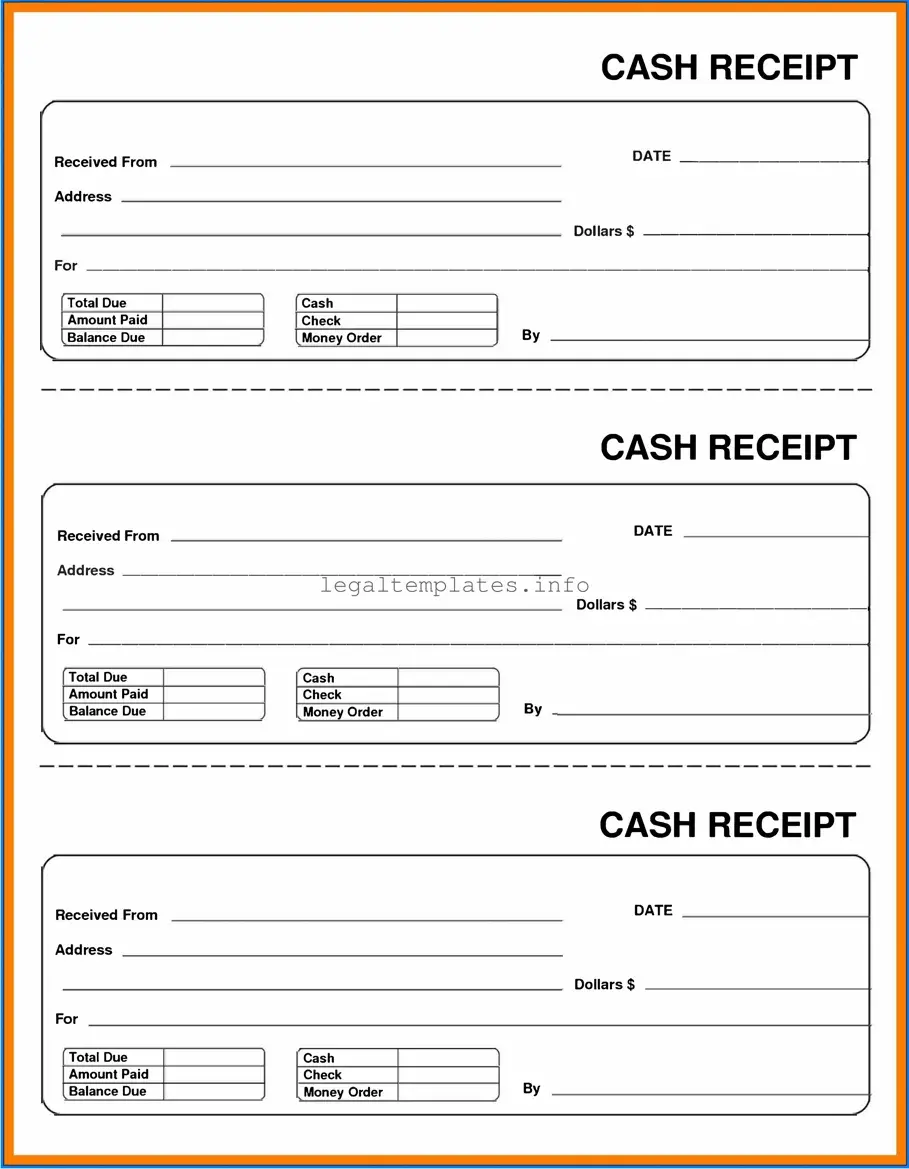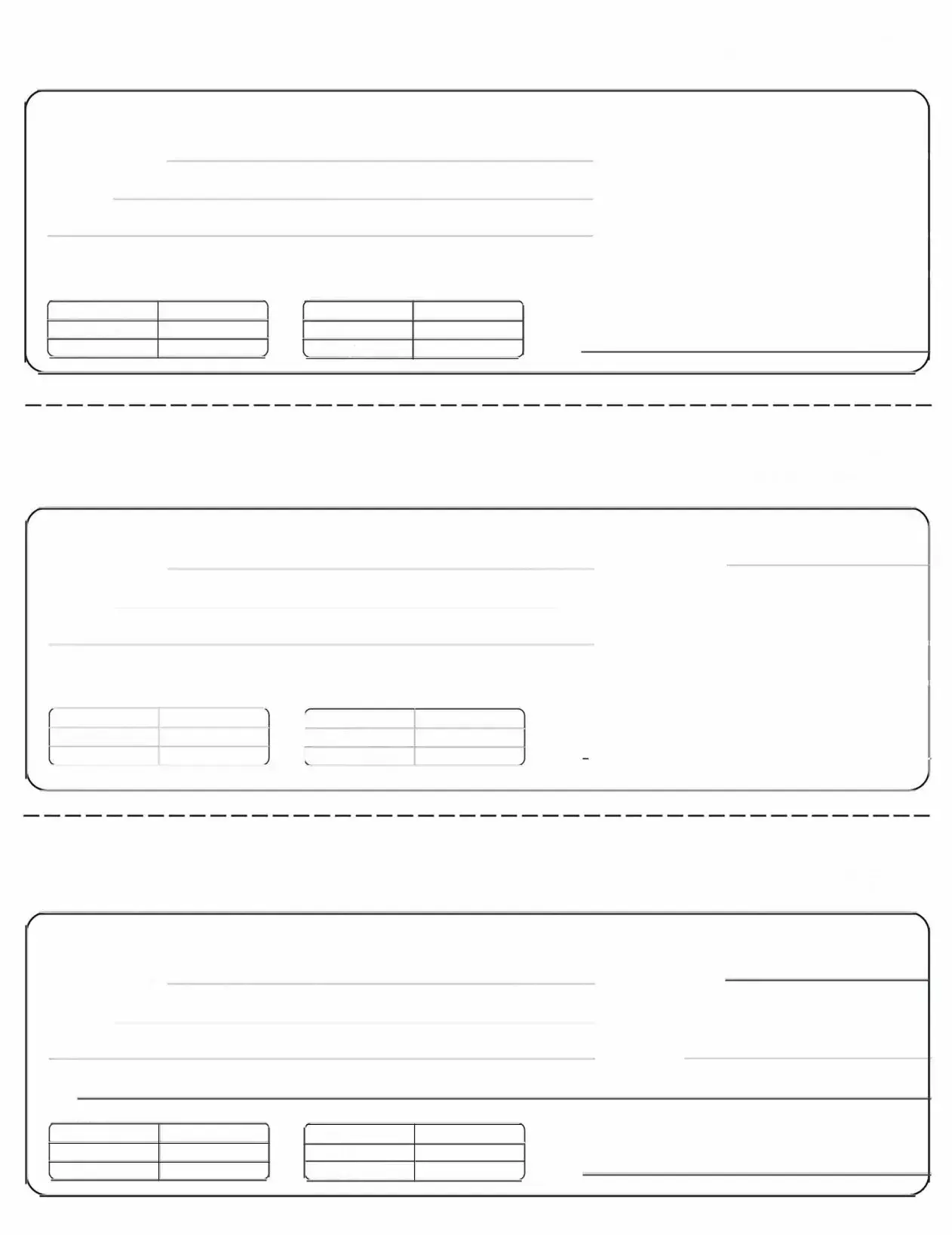What is a Cash Receipt form?
A Cash Receipt form is a document used to acknowledge the receipt of payment in cash for goods or services sold. It serves as proof that the payment has been made and received, detailing the amount, date, and nature of the transaction. This form typically provides information about the payer and the recipient, along with the transaction details.
Why is it important to use a Cash Receipt form?
Using a Cash Receipt form is crucial for several reasons. It helps in keeping accurate records of transactions, which is essential for managing finances, preparing financial statements, and filing taxes. It also serves as evidence in the event of a dispute or audit. Additionally, it confirms to the payer that their payment was received, providing them with reassurance and a record for their own tracking.
What information should be included on a Cash Receipt form?
A comprehensive Cash Receipt form should include the date of the transaction, the names and contact information of the payer and the recipient, a description of the goods or services provided, the amount of cash received, and the form of the payment. It may also include a signature or stamp to verify its authenticity and a unique receipt number for easy tracking and reference.
Can digital Cash Receipt forms be used instead of paper forms?
Yes, digital Cash Receipt forms are widely accepted and can be used instead of paper forms. They offer the convenience of easy storage and retrieval, reduce the risk of lost or damaged paper receipts, and can be easily shared electronically. Digital forms also support environmental initiatives by minimizing the need for physical paper.
How should Cash Receipt forms be stored and managed?
Cash Receipt forms, whether digital or paper, should be stored securely and organized in a manner that allows for easy access and review. For paper receipts, using a filing system categorized by date or transaction type is a common approach. For digital receipts, organizing them in secure, backed-up digital folders or using accounting software can be effective. It's important to retain these records for a period as required by applicable regulations or for as long as needed for tax and audit purposes.

